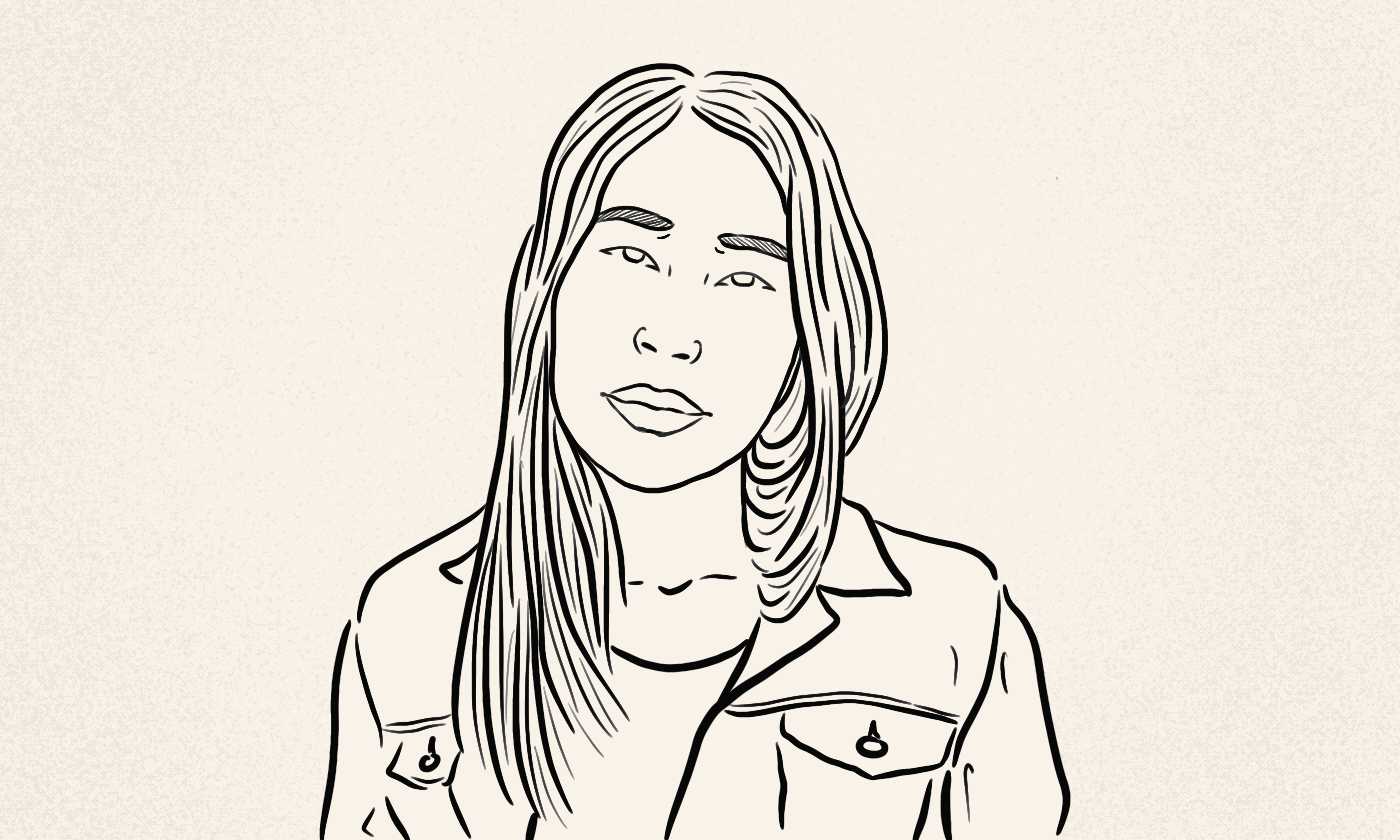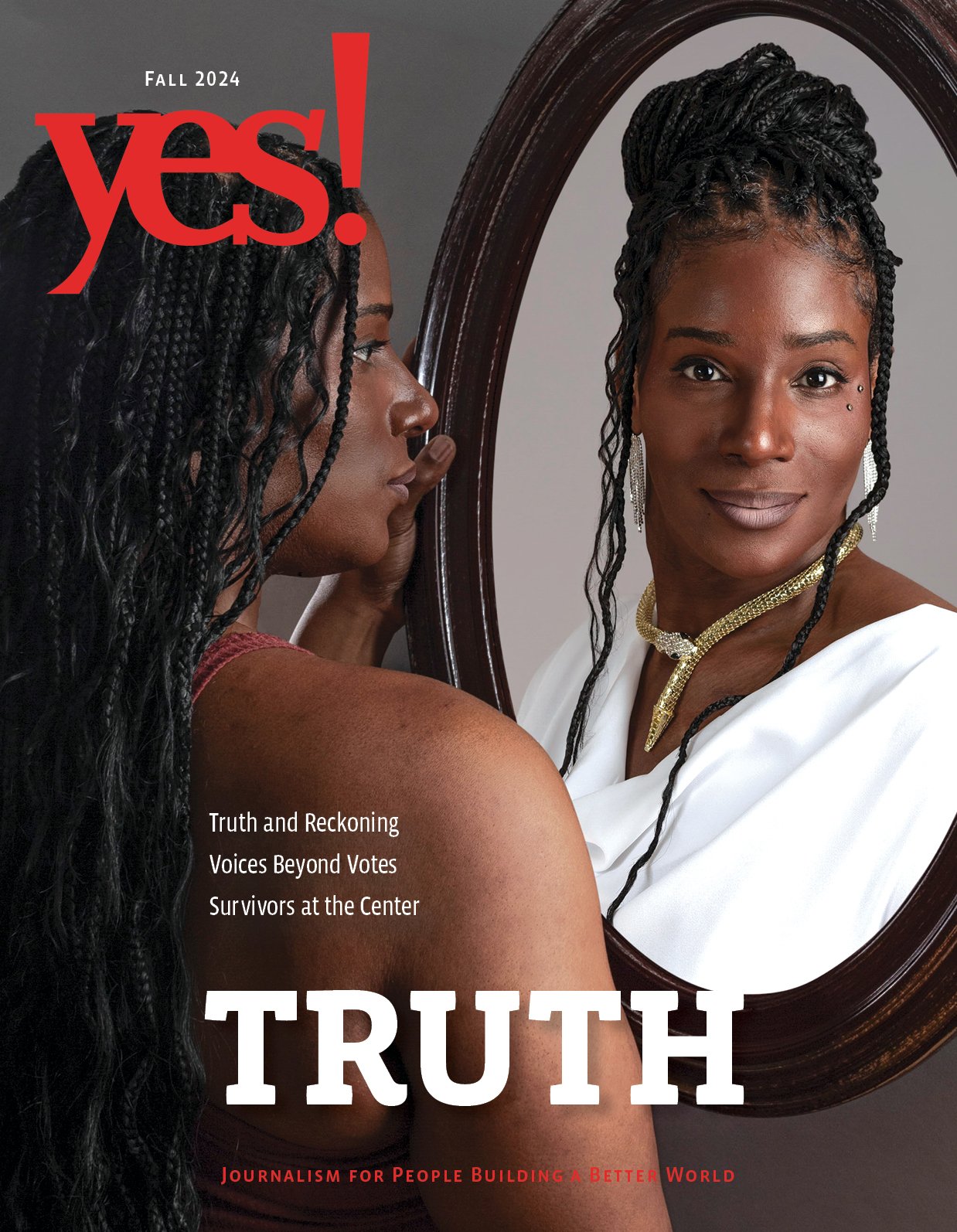Are Asian Americans White? Or People of Color?

Borrowing from W. E. B. Du Bois’ color-line metaphor, some racial justice activists have asked whether Asian Americans are “left or right of the color line.” How we answer these questions bears important implications for movements for racial justice and equity. These are also questions that we have both confronted as womxn who are a second-generation queer Punjabi American and a second-generation Hong Konger American.
Are Asian Americans White?
No, Asian Americans are not white. It’s true that certain socioeconomic and demographic measures, such as aggregate income and education levels, suggest that on average Asian Americans are among the most successful in the United States. However, many Asian American ethnic groups represent populations experiencing stark economic inequalities. These limited economic metrics are not the only measures of racial marginalization. Asian Americans continue to experience discrimination, hate crimes and racial violence, xenophobia, concerning levels of racial/ethnic bullying in schools, and other indicators of racial marginalization in the U.S.
Look too quickly, and you might think that Asian Americans are not directly affected by racism. However, Asian Americans report experiencing racial/ethnic discrimination at about the same frequency as African Americans. Even though anti-Asian racism is not the same as anti-Black racism, both types of racism still reinforce and result from structures of white dominance. Systemic white supremacy affects different populations in different ways.
What does it mean to be Asian American?
This question can be answered in at least two ways. First, the term “Asian American” encompasses a rapidly growing racial demographic that includes a vast array of ethnic groups with diverse histories of immigration and refugee resettlement in the U.S. This range of socioeconomic realities, and ideological differences make it challenging to characterize the population in any one way, as documented by AAPI Data.
Second, and more importantly, the Asian American identity represents a panethnic political identity. The formation of the term “Asian American” during the 1960s civil rights movement era was not only an act of resistance against orientalism, it also reflected a self-determined commitment to engage in coalitional work and a means to establish anti-racist political power.
Both answers respond to intersectional anti-Asian racism including bans on immigration and citizenship for people from all or parts of Asia between 1882 and 1965 in the U.S., exclusion, segregation, and barriers to education, among other examples of violence and racial marginalization. They affirm that identifying as Asian American is not a biological destiny or question of geography, which would suggest a passive orientation (i.e. individuals are born Asian) rather than an active choice to identify in solidarity against matrices of oppression—internal and external—to the Asian American community. For those drawn to the term as a political tool for organizing, solidarity is key and requires individuals to reflect on and claim “Asian American” as opposed to being defaulted into the racial category.

Are Asian Americans People of Color?
Like Asian American identity, People of Color (POC) and Womxn of Color (WOC) identities can gloss over the distinct ways in which Indigenous and various communities of color experience U.S. colonialism and racism. Moreover, racial dynamics pitting Asian Americans against other racially marginalized people can stymie the development of political solidarity required in the cultivation of POC and WOC identities.
Asian Americans do not arrive at political identities such as POC or WOC in a singular way, and some reject these terms altogether. Naseeb’s journey into WOC identity prompted her to reflect on Asian American identity politics and the limitations of the term—Asian American—to address colorism or experiences beyond East Asians, leaving her, a Desi, to initially find comfort in WOC identity. OiYan has primarily identified as Asian American, finding the term to be more politically empowering than identifying as “Chinese American.” Her father, an immigrant from Hong Kong who often discusses his own experiences with anti-Asian racism, only recently began expressing racial solidarity with African Americans and their struggles against state violence in the U.S., because the police violence against liberation activists in Hong Kong has resembled contemporary scenes of anti-Black police violence. Answering whether Asian Americans identify with other solidarity terms is not simple and often reveals individual identity development, sociocultural politics, and availability of critical education.
There has been an equally complex history of intergroup relations involving other minoritized communities. Political forces have drastically shifted racial stereotypes of Asian Americans from a threat to whiteness to a model minority, often presented as a counterpoint to civil rights movements and advocacy led by African Americans. Commonly mistaken as a “positive” stereotype, the model minority myth upholds systemic white supremacy by dismissing historical and contemporary realities of both anti-Asian racism and racism against other POC.
Under such white U.S. settler colonial logics, humanness is maintained by treating Black people as socially dead. For example, in 2019, Chinese American immigrants in Seattle mobilized and worked with white supremacists against affirmative action, revealing unsettling ways in which Asian Americans secure their own humanness by strengthening white dominance. As OiYan has discussed, anti-affirmative action activism among some Asian Americans represents efforts to climb the U.S. racial hierarchy and obtain the privileges of whiteness.
In contrast, other Asian Americans have chosen to work in solidarity with other communities of color for a racial justice agenda. See, for example, the activist legacies of the late Yuri Kochiyama, Grace Lee Boggs, and Larry Itliong. In recent years, Japanese Americans have created Vigilant Love, which is a solidarity community movement against Islamophobia, Hmong American refugees have organized support for Syrian refugees, and Vietnamese American women have launched the #ImReady Movement, which offers a platform for Asian American and Pacific Islander (AAPI) women and girls to “challenge and end violence within and against AAPI communities.”
These examples reflect the existence of intergroup solidarity amid exclusionary politics. Social influencers, such as Trans* activist ALOK, Filipinx comic creator Trinidad Escobar, and the first late-night bisexual Punjabi female host Lilly Singh reflect the continued rise of unapologetic Asian narratives that simultaneously challenge audiences to consider the complex experiences and humanity of racially minoritized, LGBTQIA+, immigrant, refugee, and Indigenous communities.
What next?
Asian American, POC, and WOC identities and coalitions cannot exist without the development of civic practices for solidarity. All three of these terms are tools for enacting political agenda for intersectional racial justice. For example, in Chicago, the HANA Center—a Korean American community organization in a multiethnic neighborhood—has facilitated dialogues for Korean immigrant elders that compare images of anti-Black violence and grassroots movements in Ferguson with the 1980 Gwangju uprising and massacre, to cultivate cross-racial community understanding and collaboration.
This example reveals that a shared identity, whether Asian American, POC, or WOC, does not mean individuals have the same experiences. Second, it shows the power of leveraging specific contexts in supporting critical acknowledgement of power differences across groups. It also suggests that activists can and should seek lessons in global histories and movements for liberation to collectively confront white U.S. settler colonial contexts both within and outside of the Asian American diaspora.
A Final Note
For some of you—Asian American or otherwise—this article may be the first time you’re reading about, and considering, the complexities of Asian Americans as racialized subjects. From what we’ve personally witnessed, this is a common experience. A key way white supremacy sustains itself is through narrative scarcity, which keeps us ignorant about our many stories that can tell us more about complex racial dynamics and systemic racism. Unveiling buried histories and examples of intergroup solidarity and coalition building can lead to collective analyses required in movements for a more just future.

|
Naseeb Bhangal, M.Ed.
(she, her, hers) is currently a first-year doctoral student in the Higher, Adult, and Lifelong Education Ph.D. program at Michigan State University. Before MSU, Naseeb, who is originally a West Coast native, lived in Chicago for five years and worked in higher education as a Student Affairs professional responsible for equity and inclusion-based initiatives for students and colleagues at Loyola University Chicago and later Northeastern Illinois University.
|

|
OiYan Poon, Ph.D.
(she, her, hers) is an associate professor of Higher Education and Director of the Race & Intersectional Studies for Educational Equity (RISE) Center at Colorado State University. Her research focuses on the racial politics and discourses of college access, higher education policy, affirmative action, and Asian Americans. She is a co-author of amicus briefs written on behalf of social scientists supporting race-conscious admissions in SFFA v. Harvard.
|







